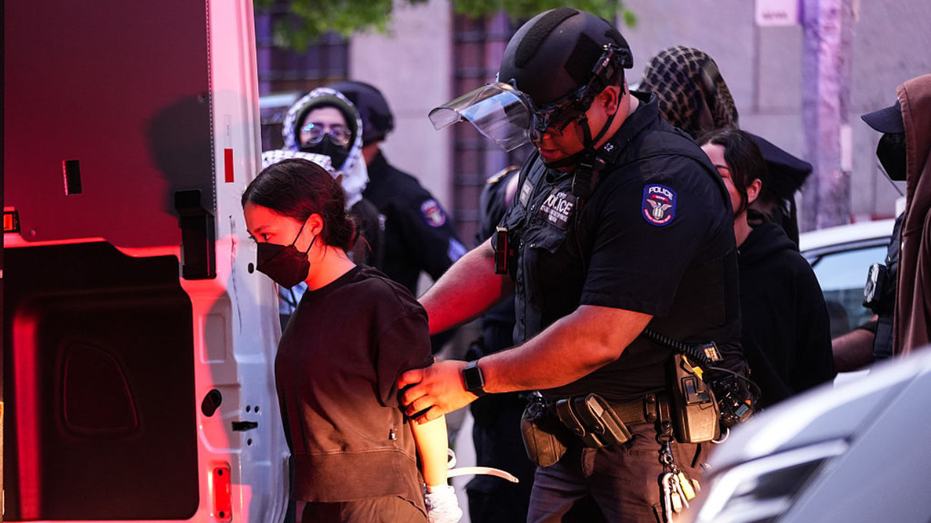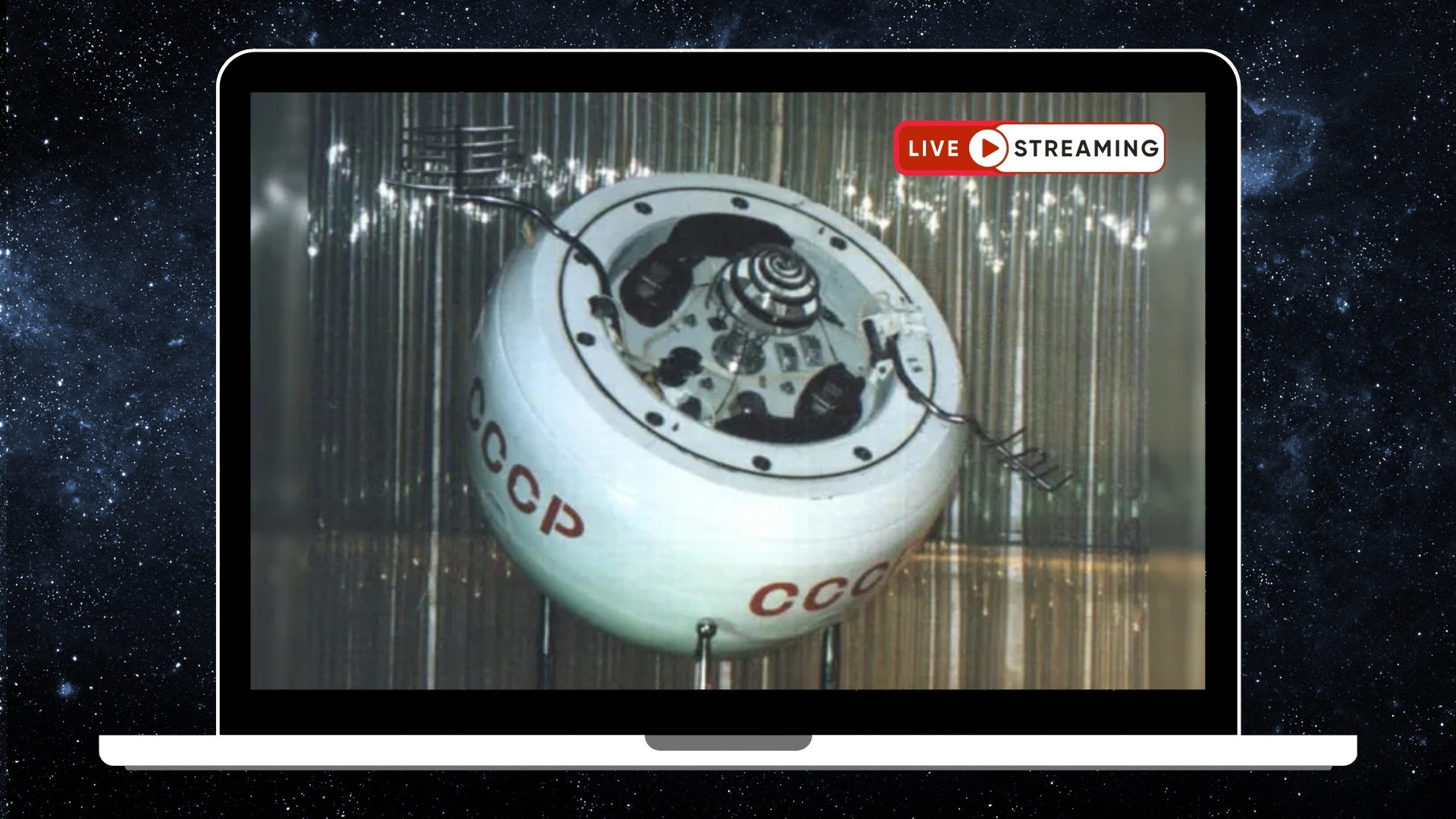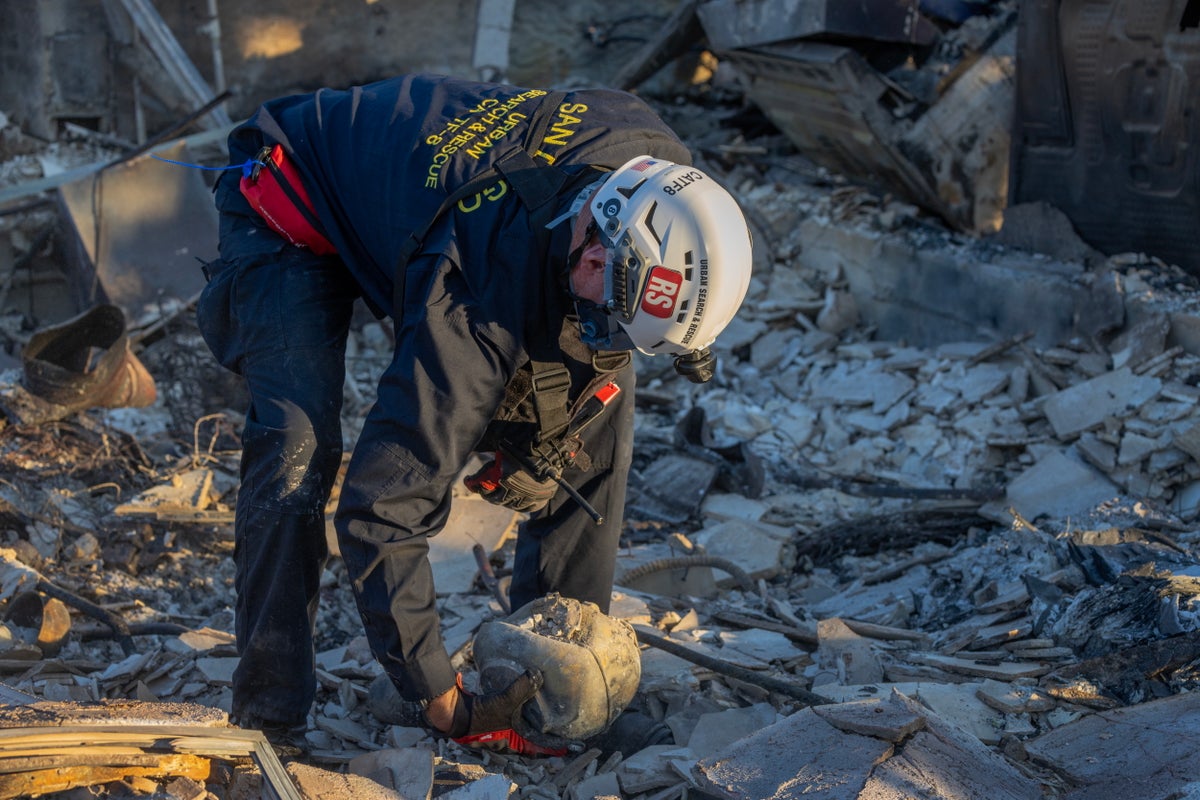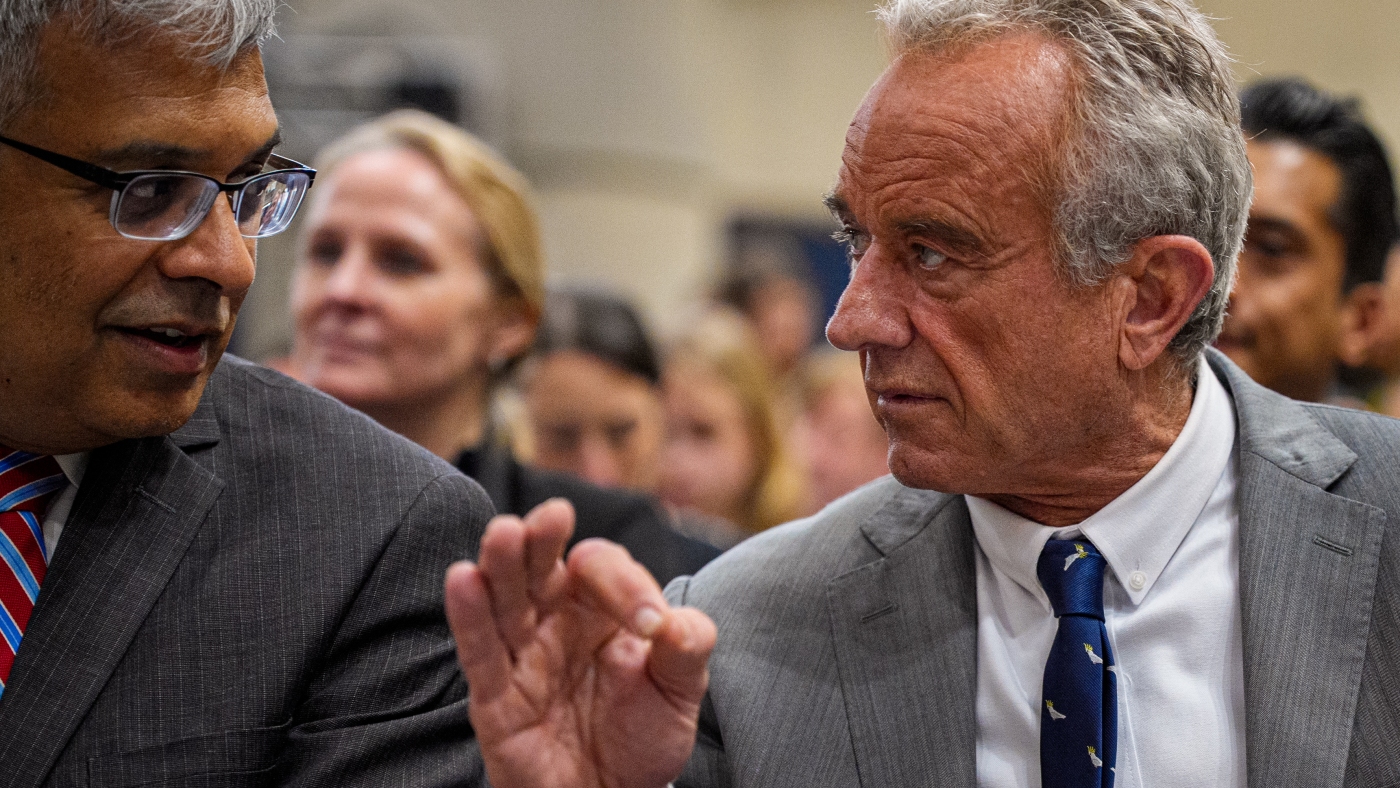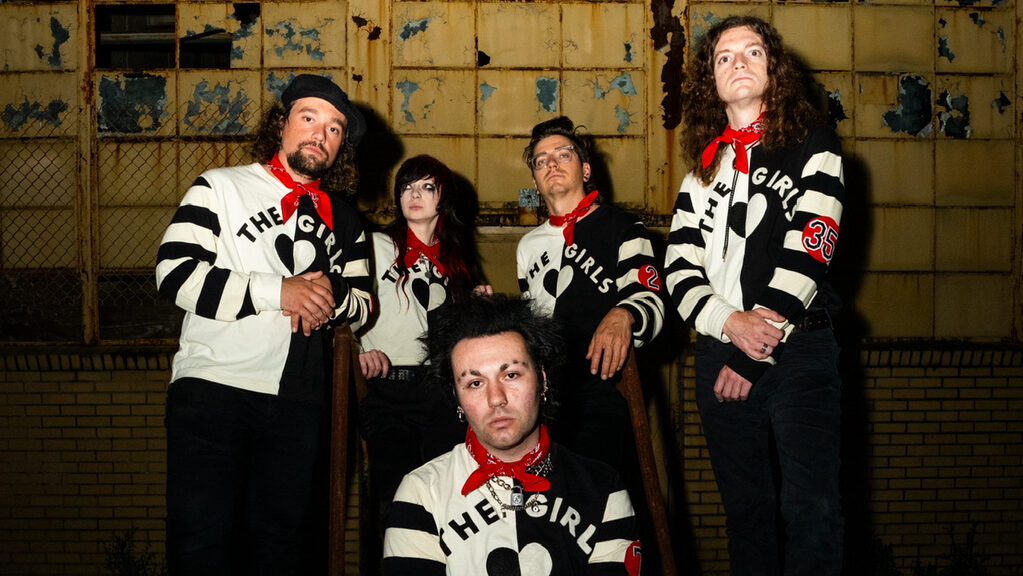The Catharsis in Re-Creating One of the Worst Days of Your Life
Making the film Warfare was an exercise in exposure therapy for the veterans whose memories it reconstructs.

This article includes spoilers for the film Warfare.
Since 2012, Ray Mendoza has been building a hefty Hollywood résumé: performing stunts, choreographing gunfights, and teaching movie stars how to act like soldiers in films such as Act of Valor and Lone Survivor. He also helped design the battle sequences in last year’s Civil War, the writer-director Alex Garland’s speculative thriller imagining America as an endless combat zone.
These projects have been a particularly good fit for him. Mendoza is a former Navy SEAL; two decades ago, during the Iraq War, he was part of a platoon scouting a residential area in Ramadi. One day in November 2006, al-Qaeda forces injured two of his teammates and then exploded an IED while American soldiers attempted to extract the pair. Trapped in a single building, the group waited for a new convoy of rescue tanks that wouldn’t arrive for hours.
The events are depicted in the film Warfare, now streaming, which Mendoza wrote and directed with Garland. Over the course of a brisk 95 minutes, the viewer watches as the platoon goes from carrying out a typical surveillance exercise to trying to evacuate without harming anyone else. (The skirmish was part of the Battle of Ramadi, an eight-month conflict that left more than 1,000 soldiers, insurgents, and civilians dead.) Yet, for all the combat Warfare depicts, the film doesn’t resemble most military movies. Members of the platoon—played by an ensemble of rising stars, including Will Poulter, Charles Melton, and Reservation Dogs’ D’Pharaoh Woon-A-Tai as Mendoza—exchange little dialogue, rarely trading first names let alone backstories. Up until the al-Qaeda forces discover their hideout, the action is contained to mundane activities: confirming operations, tracking other platoons’ movements. There are no extraneous set pieces to keep the audience’s attention, no rousing speeches from world leaders, no context provided about why Ramadi was important to American interests during the Iraq War.
The result is a war movie that’s mostly a war movie in name only—which is how Mendoza told me he wanted it. In real life, one of the wounded SEALs, Elliott Miller (played by Shōgun’s Cosmo Jarvis), never recovered his memory after getting caught in the IED blast. Miller’s inability to recall the day’s events inspired Mendoza to reconstruct them meticulously. When Mendoza and Garland began developing Warfare, they interviewed as many members of the platoon as they could, corroborating details until they had a version of the experience that they hoped would feel authentic to the people involved. The film makes clear that, to the co-directors, war is a hell made of never-ending protocols, of compartmentalized emotions, of intense bonds built among people taught to move as one indistinguishable unit. As Mendoza put it to me, “I just wanted to do an accurate representation of what combat was.” And, he added, “I wanted to re-create it because my friend doesn’t remember it.”
After the IED explodes, Elliott isn’t the only one horrifically injured. Sam (played by Joseph Quinn) wakes to find himself on fire, his legs mangled. For what feels like hours on end to the viewer, Sam howls in pain as his teammates drag him to safety. Warfare is largely devoid of the hallmarks of a Hollywood film—there’s no musical score, for instance—and Sam’s cries highlight the film’s naturalism; they are screams that the movie suggests were as nerve-shredding for Sam’s teammates to hear in real life as they are for audience members to hear at home.
But Joe Hildebrand, the SEAL on whom Sam is based, told me that he was unaffected by Quinn’s performance when he watched it during a visit to the set. “Everybody kept asking me, ‘You okay?’” he recalled. “I said, ‘I’m fine.’ I know the outcome. I know how it’s gonna turn out.”
Hildebrand found the set itself, which was built on a former World War II airfield turned film studio outside London, more visceral. Warfare’s crew had meticulously reconstructed the house in which the SEALs hid; looking around, Hildebrand explained, brought back “little memories”—a conversation he had here, the way a teammate stood there. Together with the real Elliott, who had also stopped by the set, Hildebrand described experiencing a surprising mix of emotions as they exited the house. “The feeling of going out that gate again, into the street—the last time we did, it did not turn out well at all,” he said. “It was an odd feeling, but it was a glorious feeling at the same time, because you knew nothing was going to happen on the other side.”
[Read: A film that throws out the war-movie playbook]
As such, despite its intensity, Warfare offers some semblance of satisfaction—and not just for the SEALs whose memories have been rendered on-screen. Many movies, Mendoza said, have contributed to perpetuating distressing stereotypes about veterans—that they’re all suffering from PTSD, too tortured and traumatized to function. He wanted Warfare to push back against generalizations by keeping the audience at an emotional remove. The movie’s portrayal of the front lines stays focused on the action. “Is it disturbing? Yeah,” Mendoza told me of the film’s observational nature. “But it’s truthful.”
For Hildebrand, being able to revisit the incident and talk with Mendoza about it was therapeutic. After everyone returned home, he told me, their platoon “kind of just coexisted. Everybody was still friends, but we didn’t have parties and get-togethers and even just time to sit down and talk and get those stories out.” Hildebrand said that Warfare enabled him to corroborate his memories with the other men who were there. (He made it clear that he couldn’t speak for everyone; some of the SEALs couldn’t be reached, and the names of 14 of the 20 men involved have been changed in the film to protect their identity.) For Mendoza, the process of talking about the incident with other members of the platoon, and with Garland, meant having someone “explaining it back to you probably even in a better way than you described it to them in the first place. And then you feel heard, you feel understood. You’re like, Okay, finally I think I’m able to let this go.”
Still, Mendoza said, “Just because the movie’s done doesn’t mean we’re healed.” Every blunder seems to have lingered in their minds: In one scene, Lieutenant Macdonald (Michael Gandolfini) accidentally injects morphine into his own hand while trying to ease Elliott’s pain. In another, Erik (Poulter), a captain who had largely ensured that everyone remained calm, suddenly chokes while instructing the platoon on what to do. Some men even kick Sam’s legs as they pass by him, a misguided display of bravado that fails to raise spirits and only injures him further.
[Read: A civil-war movie with no one worth cheering]
Warfare opens with a scene set the night before the incident; in it, the platoon members hype themselves up by watching the notoriously racy music video for Eric Prydz’s “Call on Me,” swaying together as one big, sweaty, testosterone-fueled mass. The movie ends on a shot of the silent Ramadi street after the gunfire has faded. In between, the film, like Civil War, never delves into the politics of the conflict; it neither commends nor condemns the fighting. It just leaves the audience with the sense that the hours the group spent trapped irrevocably changed them.
For Mendoza, the explosion that incapacitated his teammates “rewired” his brain; he told me he’s been dreaming about what happened for 20 years. Some of his dreams echo reality. Others, including one in which Elliott gets back up after the explosion and is completely unharmed, are so fantastical and disorienting that Mendoza wishes he won’t ever wake up. Working on the film has helped him dissipate some of that confusion. “I don’t know what’s real and what’s not real sometimes,” he said. But making Warfare “helped organize those memories and cancel out which ones weren’t real,” he told me. “It just kind of keeps these memories in line.”

